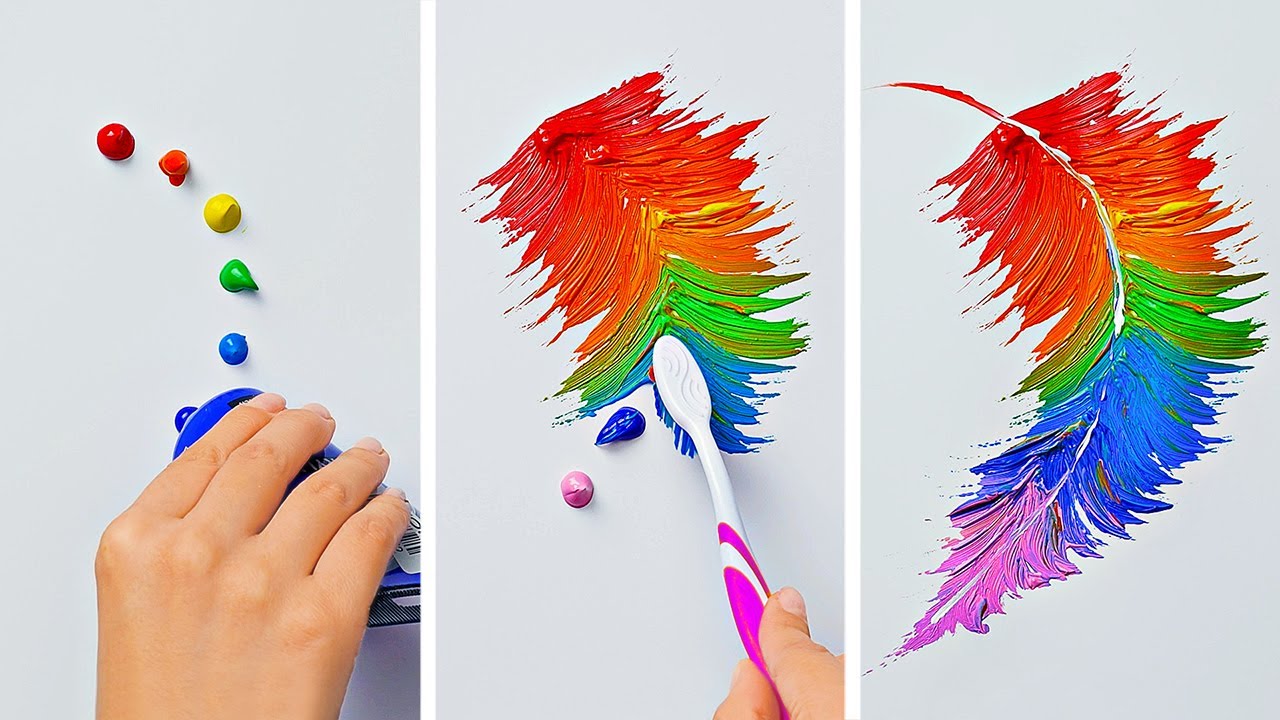
Important Key Terms Associated With the Study of the Fine Arts
Art is a broad collection or subject of human activity including creativity, aesthetic beauty, emotion, technical skill, or social meaning. The word “art” derives from the Greek word “astros” which means “sun” and “kristos” meaning “sight.” In addition, art includes visual arts such as painting, sculpture, and music, literary works that are produced by humans and other animals, visual traditions and abstract art. Art has been an important part of culture for thousands of years and continues to be discussed, analysed, and reflected upon in contemporary societies.
Historically, art had particular social and communal significance. For example, paintings and sculptures were widely used in ancient Greece as offerings to the gods and other members of the community. Early Chinese art and sculpture calledigraphy were a vital part of a state heritage. In ancient India, Brahma was worshipped as the creator of the visual arts. In China, a temple was built to honour the craftspeople who created the magnificent jingles of paper-making and other aspects of visual arts.
However, the modern era brought development of new technological developments including complex machines which could mass produce artwork. This new development transformed the nature of art in the modern era. Gone were the days when art was linked to emotions, feelings, and sentiments of love, happiness, and joy. Now, art was seen as a technical skill that required specific skills such as painting, drawing, sculpture, and music.
There are several key points that can be viewed as the basic principles underlying the making of art. These include: creativity, intuition, aesthetic beauty, critical thinking, personal connection, and artistic expression. When viewing art, it is important to note these key points so as to understand the process behind the creation of art. The following are some of the key takeaways that artists use as their inspiration or to spark a creative thought.
Creativity refers to an individual’s ability to form his or her own thoughts or ideas and to choose the suitable materials to construct the idea. At times, artists use poetry, music, literature, and computer graphics to help them in expressing their ideas and create the perfect aesthetic. They also need to have the ability to distinguish between the necessities of technology and beauty. The need for aesthetic beauty is to ensure the survival of the human species and to enjoy life to the fullest. As such, aesthetics relies heavily on perception, intuition, and personal aesthetics judgments.
An aesthetic evaluation is an assessment of how a work of art interacts with the human condition and with the existing cultural and social conditions of the time, and is often considered as a philosophical foundation of art. The field of art is vast and it has various components. However, there are certain key terms that are considered as essential elements for understanding the nature of the field of fine arts.